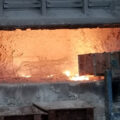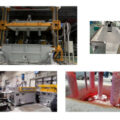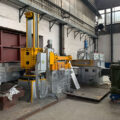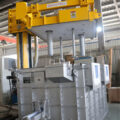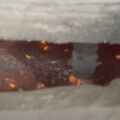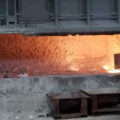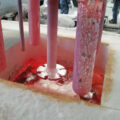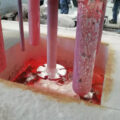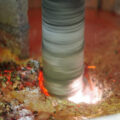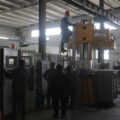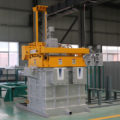One method of removing gaseous impurities from metal melt is degassing. The physical process involves injecting flux gas into the melt. Hydrogen enters the purge bubble by diffusing through the melt and entering the bubble. In the bubble, the hydrogen adheres to the surface of the bubble and is adsorbed into the bubble itself. Then, the hydrogen gas is carried out of the melt through the bubbles.
Naturally, there is a great need to improve the degree of outgassing of molten metal in order to remove or minimize such impurities in the final cast product, especially for molten aluminum, especially when the resulting metal is used in decorative products such as decorative ornaments. Parts or products with key specifications, such as aircraft forgings and extrusions, and light weight foil raw materials. The above-mentioned impurities lead to the loss of properties of the final cast product, such as tensile strength and corrosion resistance.
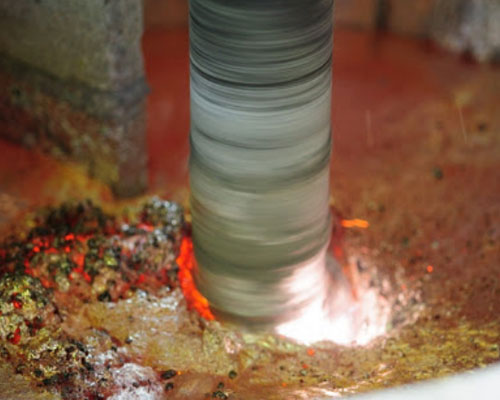
The metal melt degassing machine has high efficiency and good effect, does not affect the production process, can improve the purity of aluminum liquid in a short time, reduce the scrap rate, improve production efficiency, improve the mechanical properties of castings, and enhance the competitiveness of products.
Presses the metered inert gas into the aluminum liquid through the rotor and breaks it into tiny bubbles, so that it is evenly dispersed in the liquid metal. The refining agent is evenly distributed into the aluminum liquid through the controlled rotating graphite shaft and the rotor stirring. The refining agent is in full contact with the aluminum liquid, and the refining effect is obviously enhanced. Refining agent utilization is increased, and refining purposes can be achieved with fewer refining agents.
Due to the high partial pressure of hydrogen in the aluminum liquid, the hydrogen in the aluminum liquid continuously diffuses into the bubbles, and some non-metallic inclusions in the aluminum liquid are adsorbed on the surface of the bubble. The inert gas bubbles adhering to the useless hydrogen and part of the non-metallic inclusions float up to the liquid surface, and then the desulfurization and removal of the oxide inclusions are achieved by the slag.


